by Griffin Cooper
Assessing your trade results is one of the most crucial parts of a trading plan. It can be easy to get wrapped in just trading, trading, trading. But if something isn’t working, when will I take a step back to see that? A previous article in the Lessons Learned from the Kata Challenge talked about how we shouldn’t change our oil while we’re driving. In short, it can be very challenging and detrimental to try and analyze our trading in the middle of the trading session. But when the dust has settled, there does need to be some time put aside to assess our trading results in a calm, relaxed and objective way.
I like to look at my trade results at the end of each month. I have found this is a good balance for me between having enough trades and days go by that I can step back and look at my results. One of the best ways we can do this while being objective is to collect the data for our trades in a trade log. When we have all our trade data recorded, we can then put some simple descriptive statistics on them to analyze our results effectively.
Here is a sample of a recent month of trading. I try to keep my trade logs fairly simple: entry and exit prices, dates, pattern, long or short and the R result. I also like to keep track of the drawdowns and the maximum drawdown incurred because for me that has a lot of effect on my psychology.
Plus, when I have the records of them recorded, I can compare them to past drawdowns. As soon as I start to feel like ‘this is the worst drawdown ever, I’ll never get out of it!’ I can look at my past drawdown data and see that this is actually a normal drawdown. I’ve been here before. It’s lasted this long before. Oh, I’ve felt this way before and turned out to work just fine like it always does. If I stick to my plan and stay the course, it will be over just like it was the last time I felt like this.
Here are some other statistics I like to keep track of so I can analyze each month. It includes the number of trades taken, the number of days I traded for that period, my cumulative R, my average R or expectancy, and my SQN (although I’ve found SQN to be tricky because it reacts negatively to even upside volatility). I also find my average and maximum wins and losses as well as the win/loss%.
These last statistics I’ve found especially useful because I can multiply my win rate by my average win, and then my loss rate by my average loss to see what the ratio is. If I’m having a lower win rate this month, but the average win is much larger than the average loss I can still have a 2:1 ratio which is a major edge. It helps me to frame the results as a metaphor for a coin flip. In this trade log example, because my win rate is 54% and my average win is 1.1R and my average loss is -0.6R, I could say that it’s like I’m flipping a coin that is weighted slightly in my favor and will on average make also two times as much as when I lose. That’s a game I am grateful I get to play.
Please view this video for more insights. LINK. Thanks.



